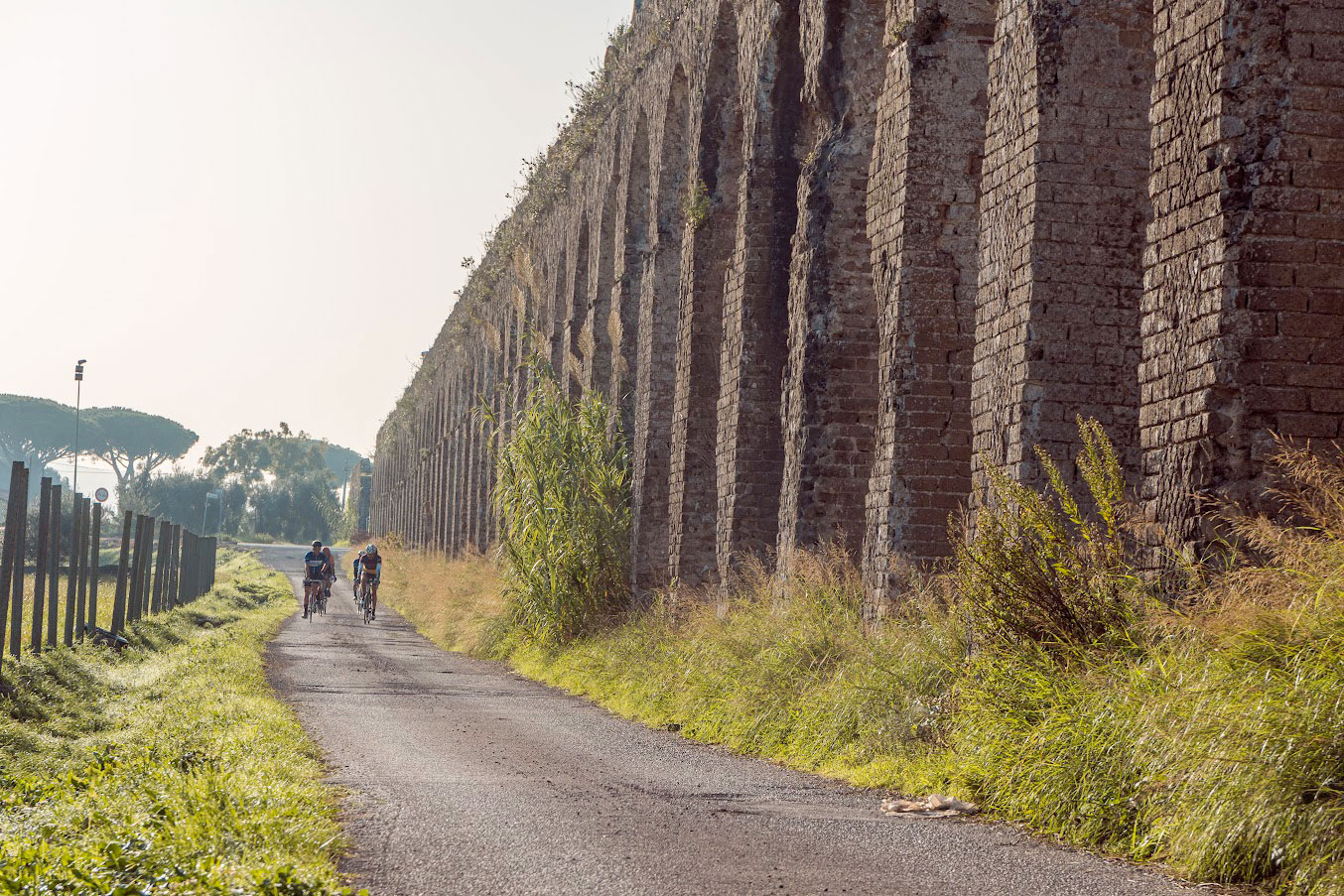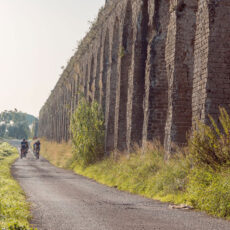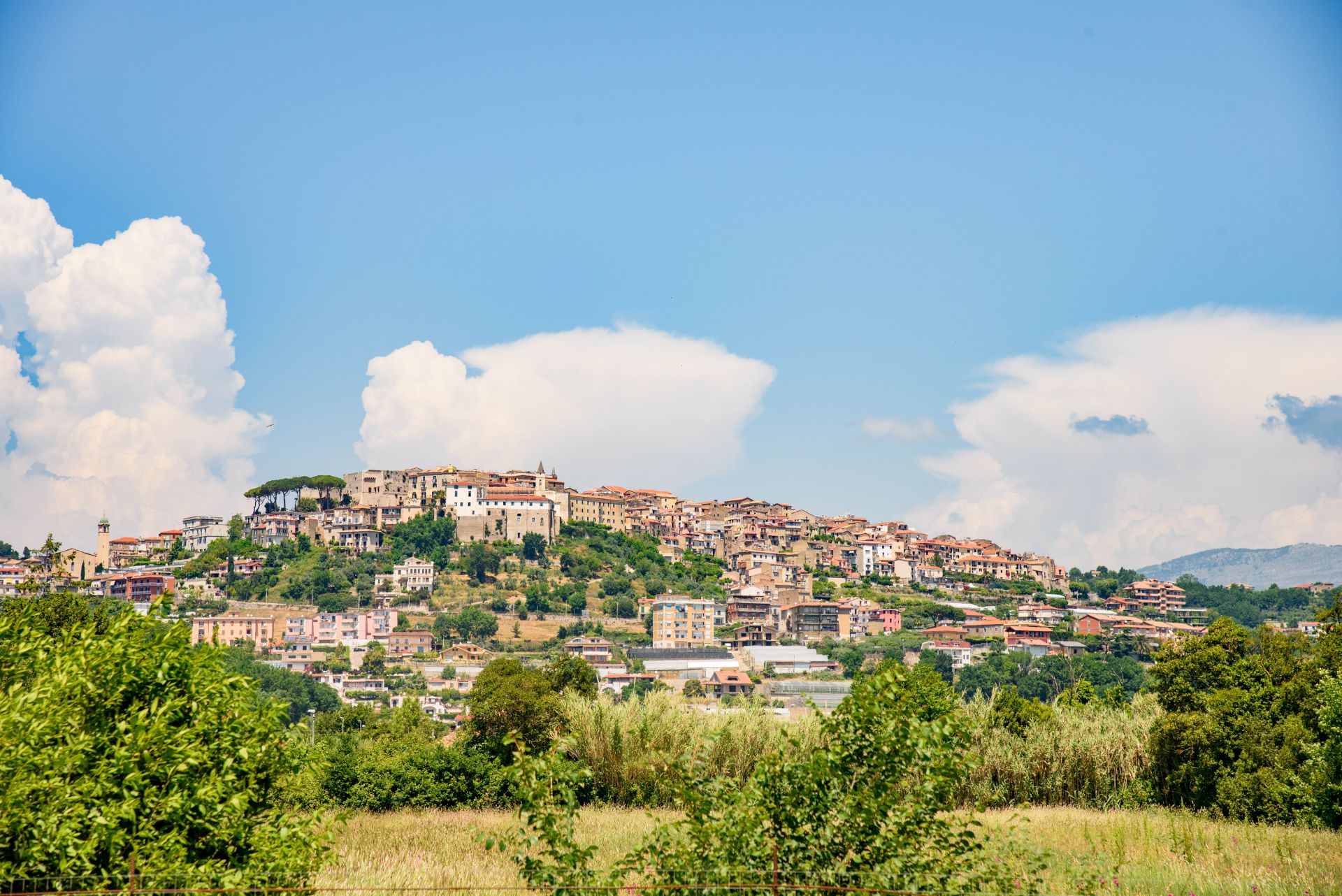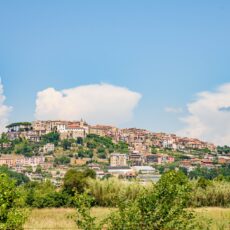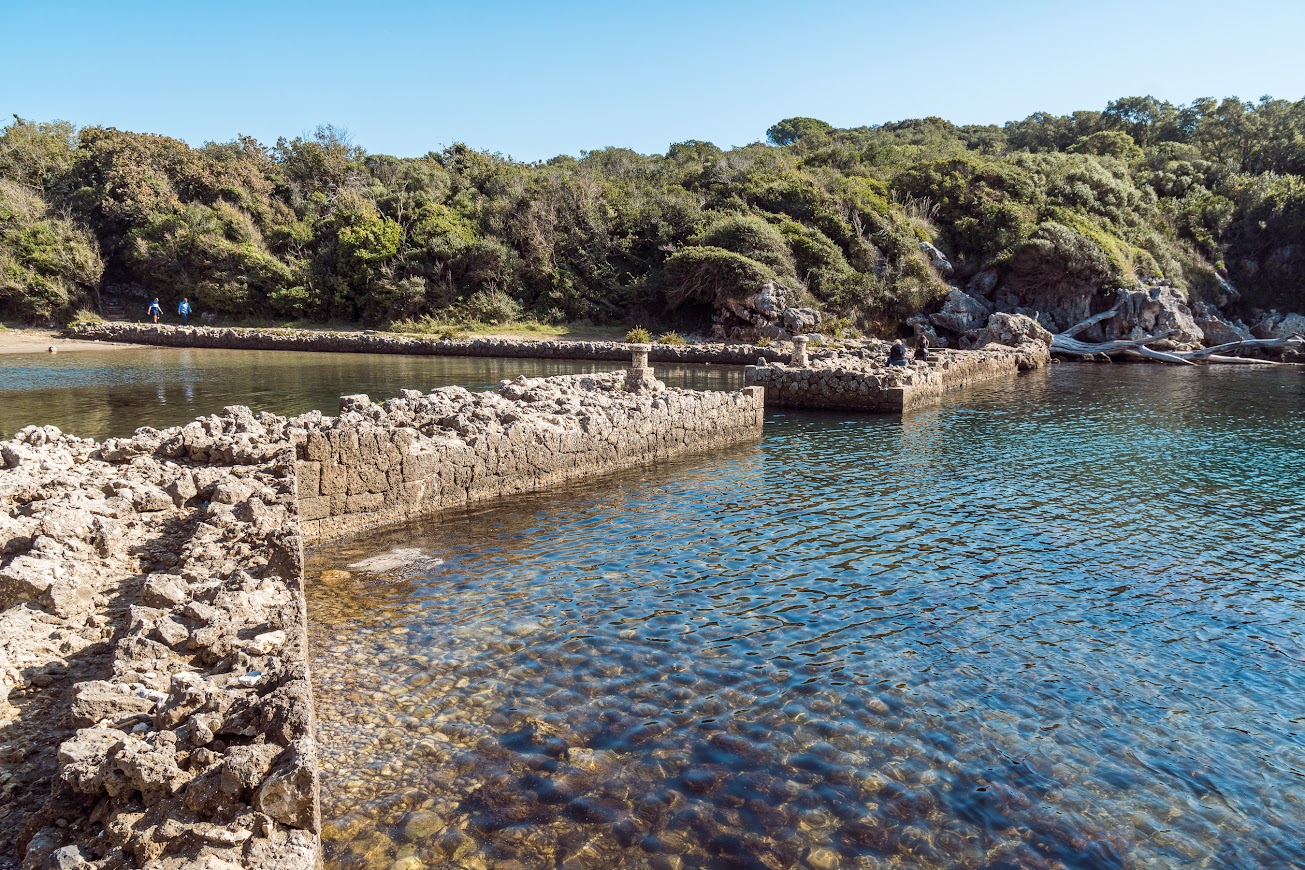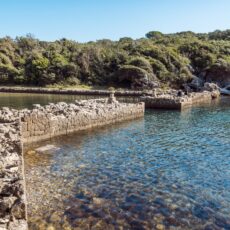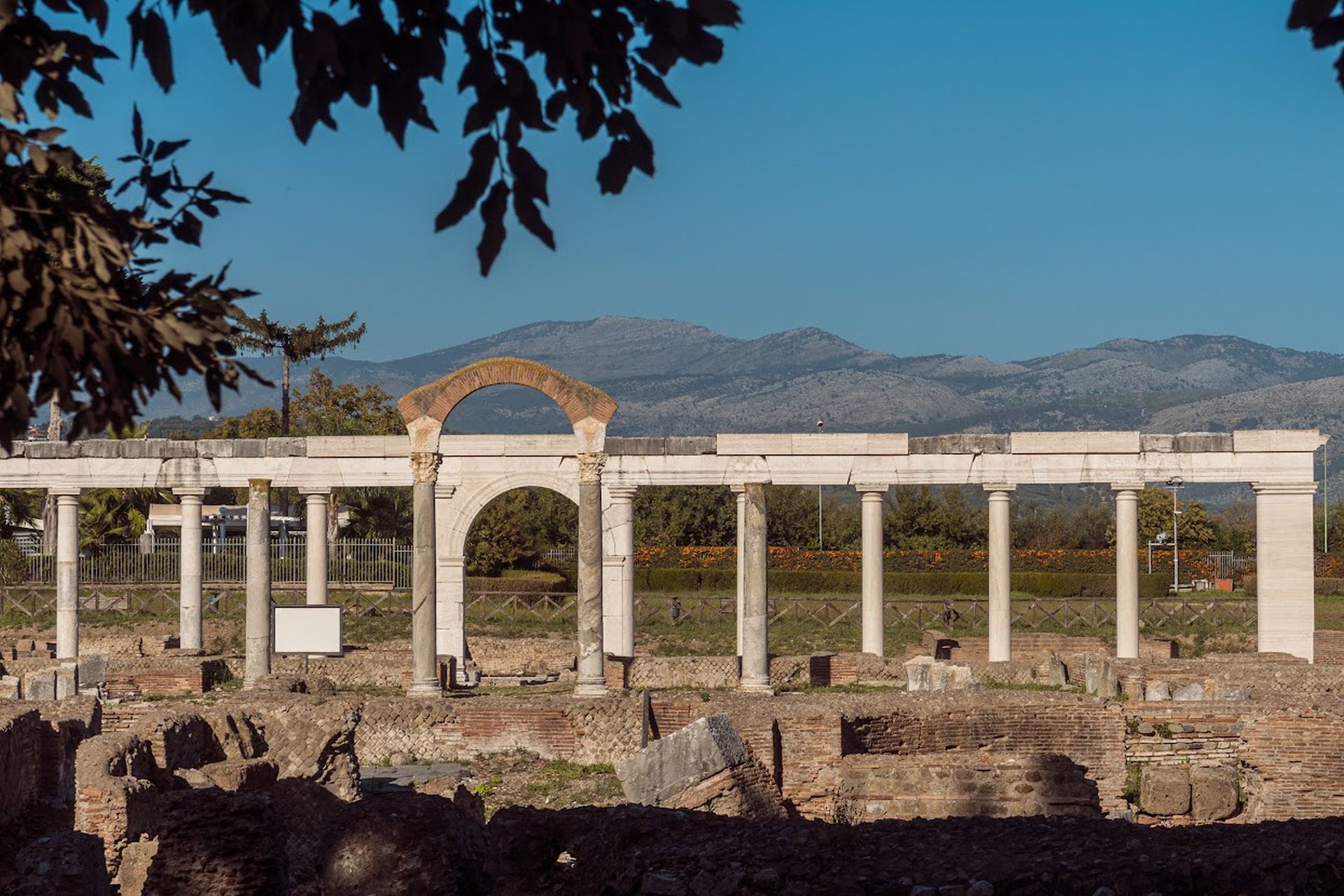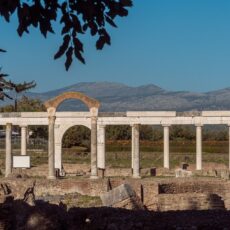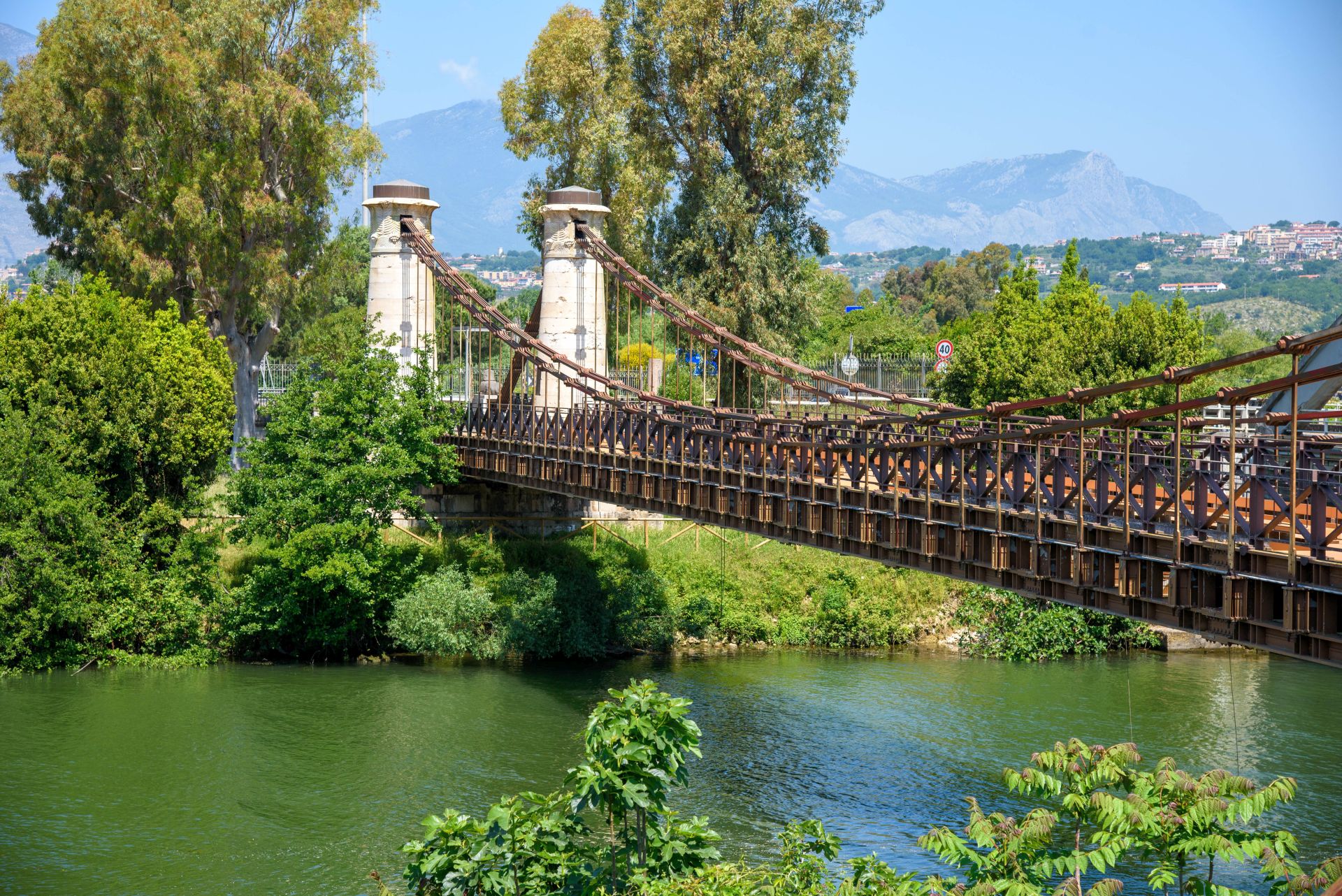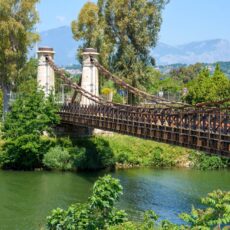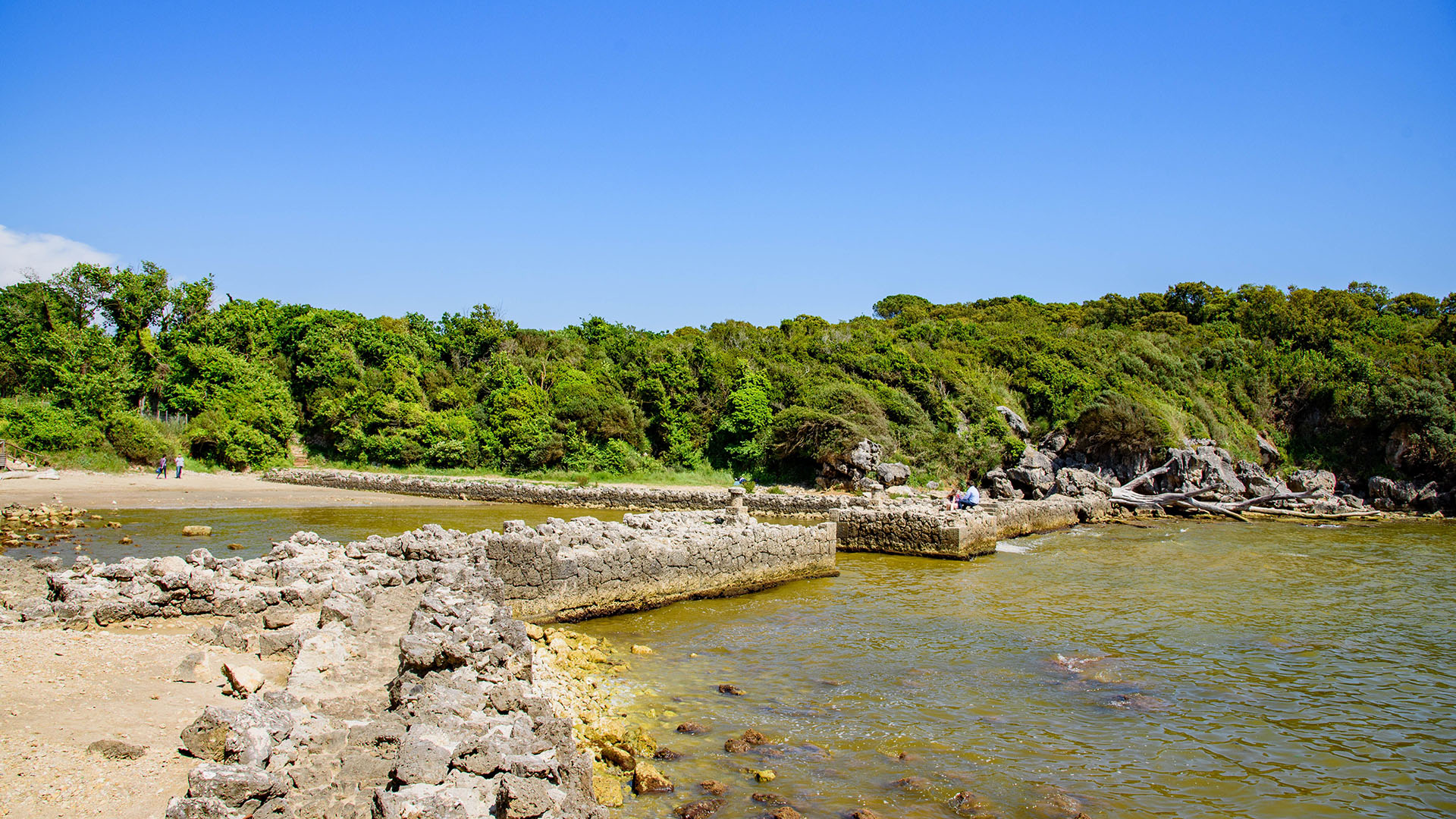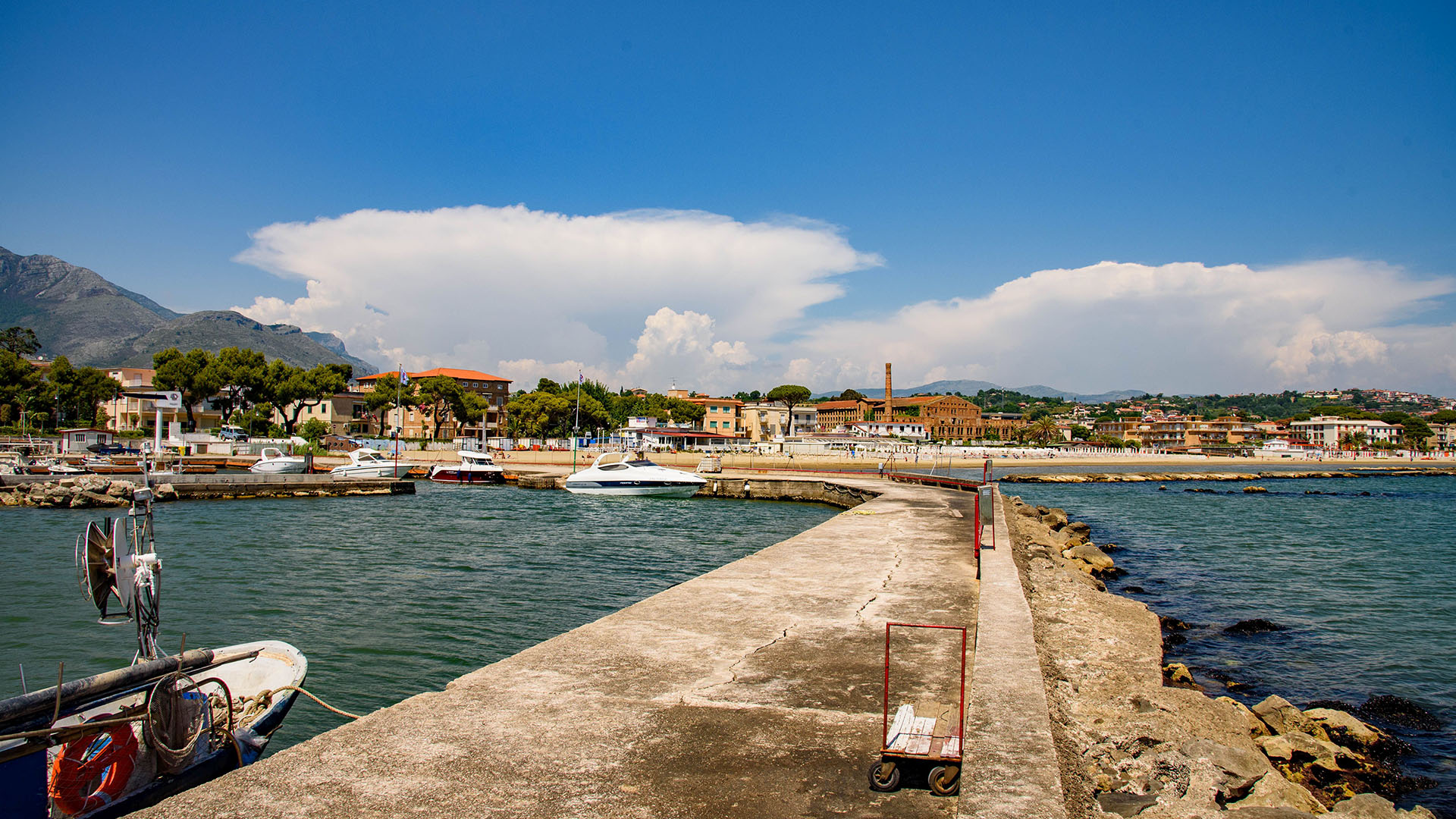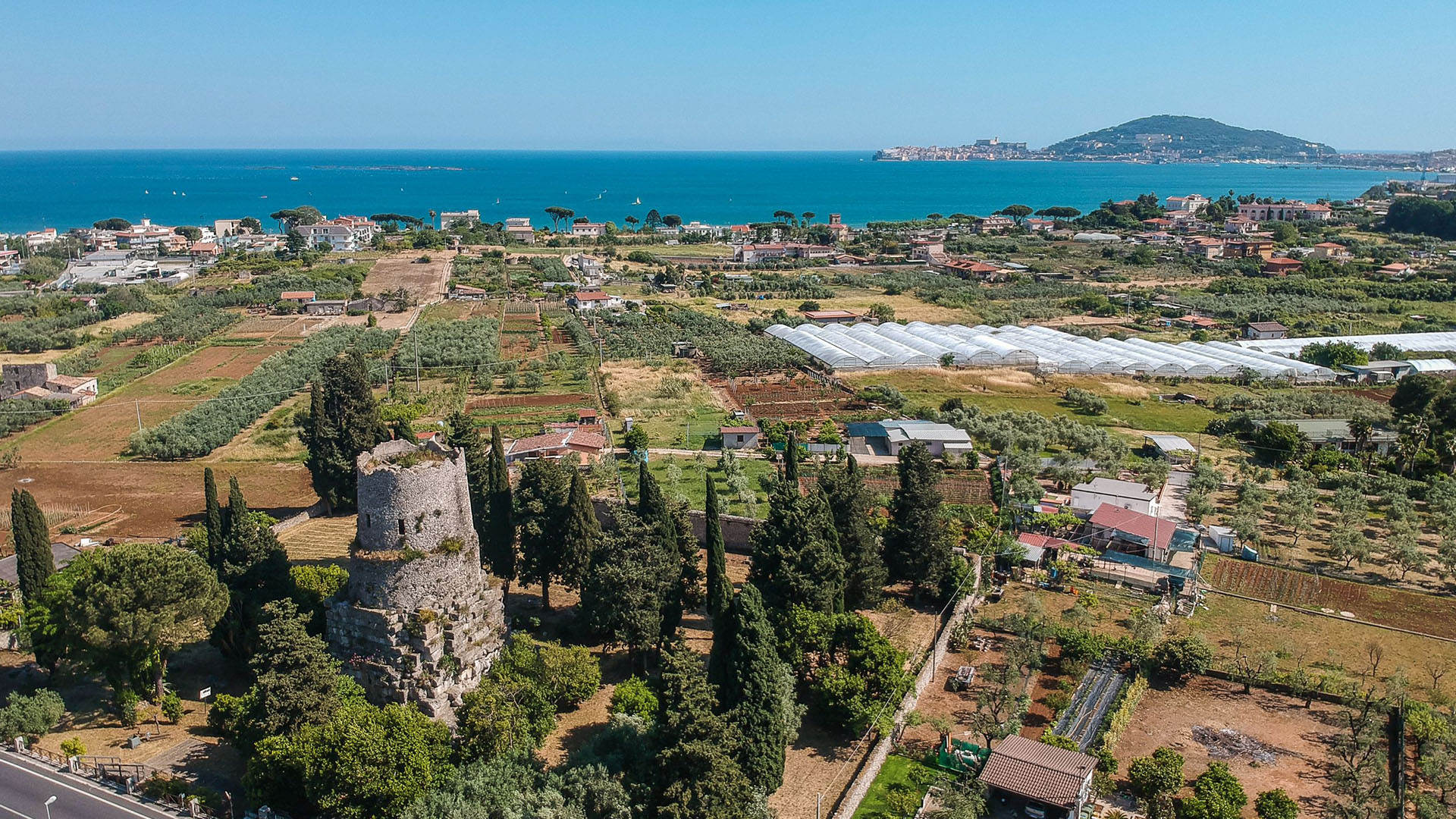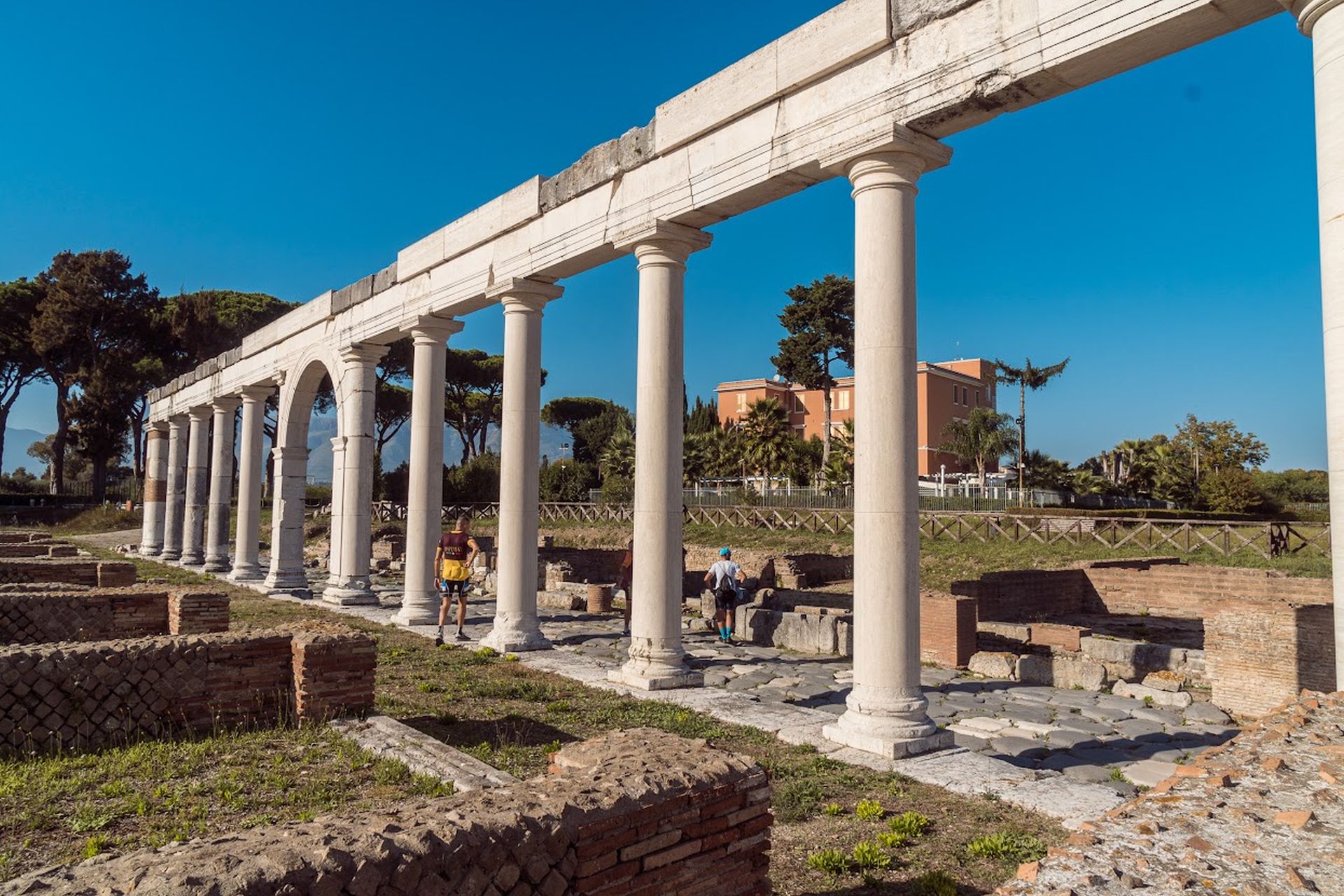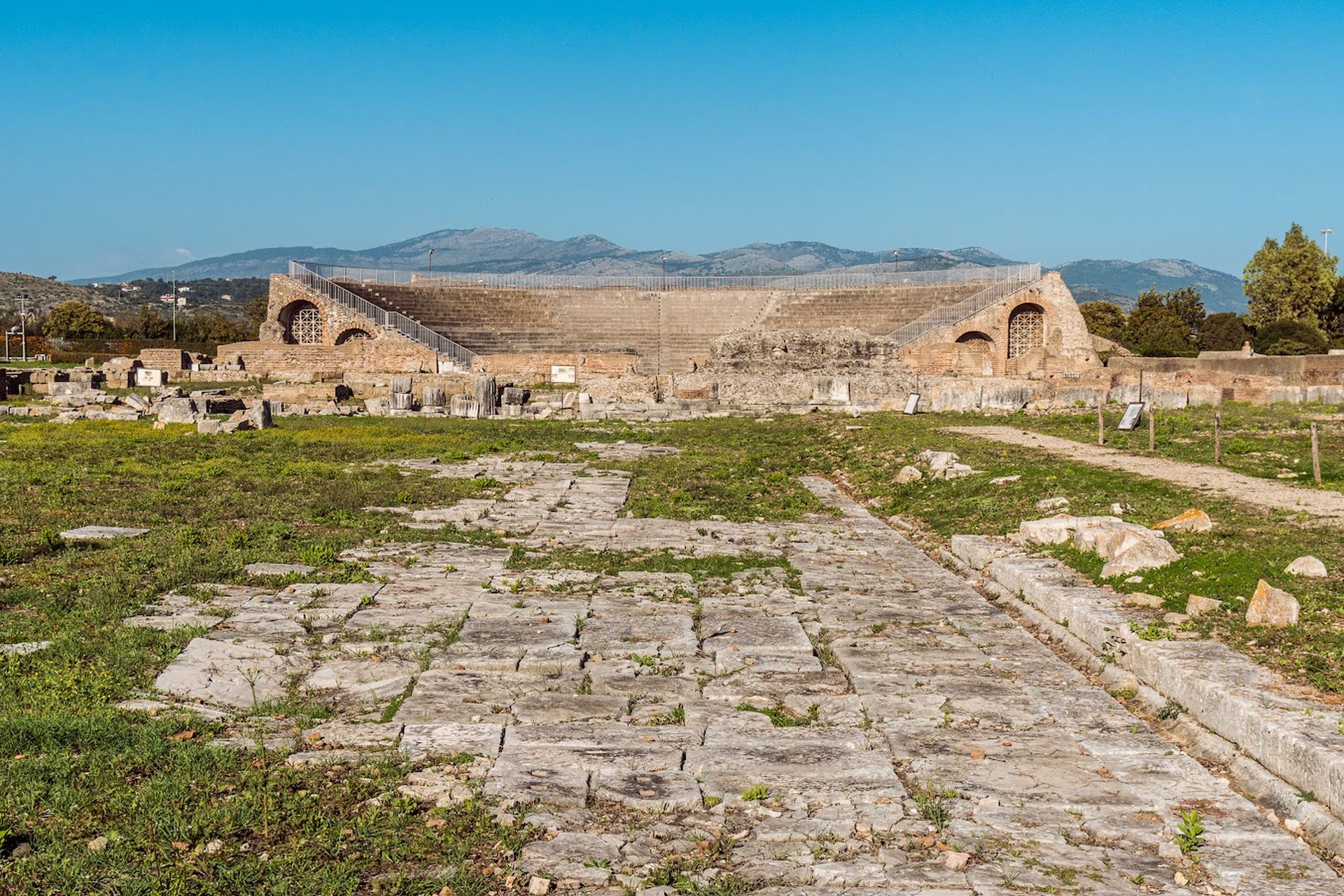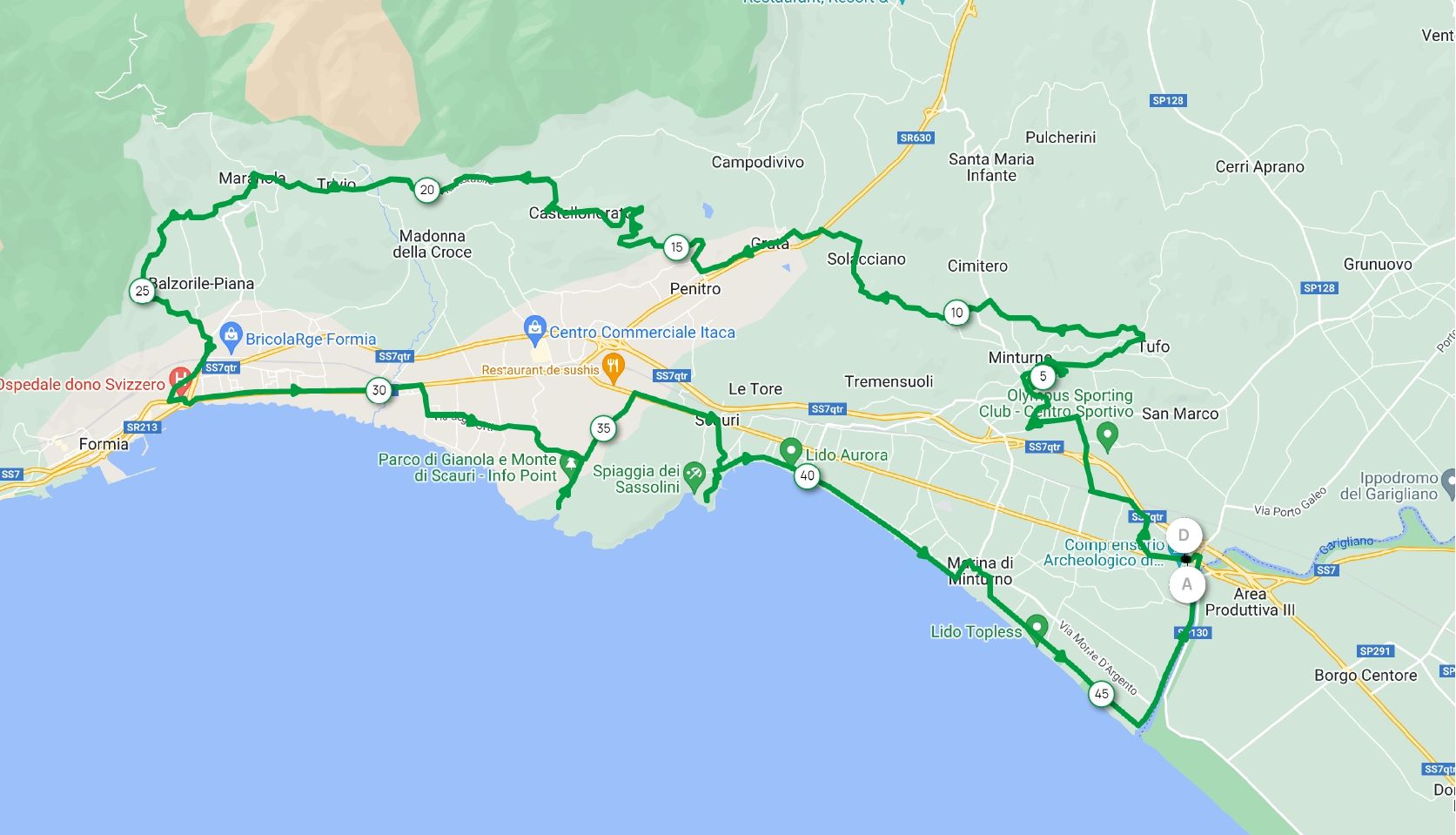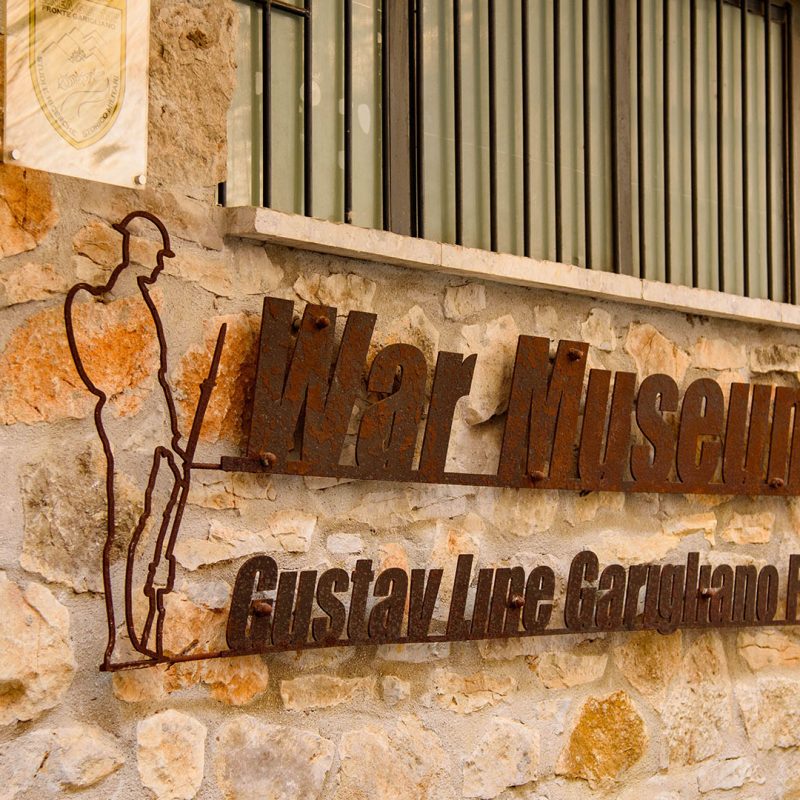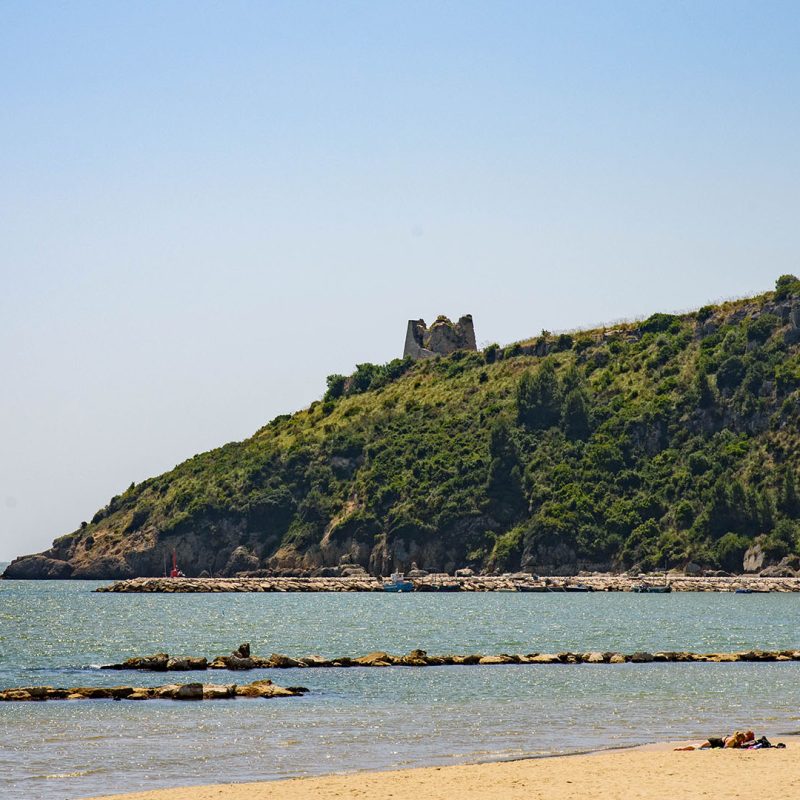A path that can give strong and contrasting emotions, with the sea always present and a hilly hinterland, sometimes harsh but always surprising. The villages enchant by their slowness of life and unavoidable views of the sea, while the products of food and wine are the fruits of the earth and daily hard work.
On the way back, the road returns to the coastline, where the sea and the thick coastal vegetation of Mount Scauri are a truly unique sight. At the end a nice and relaxing ride on the promenade and the road that runs along the last stretch of the “Liris” where you can still experience the emotions of more recent history with a visit to the Bourbon Bridge.

